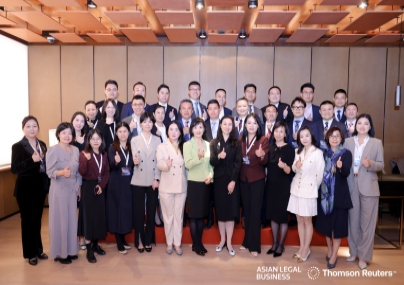China's trust firms, with total assets of $2.2 trillion, are shifting more cash into frothy capital markets and over-the-counter (OTC) instruments instead of loans - blunting regulators' efforts to reduce shadow banking risk.
By redirecting money into capital markets and OTC products like asset-backed securities (ABS) and bankers' acceptances, trusts are acting less like lenders and more like hedge funds or lightly regulated mutual funds.
And the shift - a response to a clampdown last year on trust lending to risky real estate and industrial projects - means a significant chunk of shadow banking risk is migrating rather than shrinking.
China trusts take in funds from retail and institutional investors and re-lend or reinvest that money, often in parts of the economy that struggle to obtain bank credit, like mid-sized private enterprises or municipal industrial projects. As of end-2014, total trust assets were 14 trillion yuan, according to China Trust Association data.
Previously, people who bought into opaque wealth management products, many of which were peddled by banks but actually backed by trust assets, found themselves heavily exposed to real estate loans. Trust firms' changing asset mix means these investors may now instead find themselves exposed to high-yield corporate debt (junk bonds), volatile stock funds or risky short-term OTC debt instruments.
While this could help keep the wealth management industry running, and by extension help the trust industry stay afloat, it could delay efforts to properly price risk.
A Reuters analysis of China Trust Association data shows that while loans outstanding grew just 8 percent last year - far below the 62 percent growth in 2013 - growth in obscure asset categories including "tradable financial assets" and "saleable fixed-term investments" was 77 percent and 47 percent, respectively.
FUNDING STRESS
Sources at two major trust firms, who asked not to be named due to the issue's sensitivity, confirmed they were shifting investment into the capital markets and OTC instruments.
An individual at one of China's top three trusts said that in the past year his firm's investment in shares and bonds grew 30-40 percent and 50 percent, respectively - helping explain where some of the leverage that has driven recent Chinese stock and fixed income market rallies has come from, and raising questions over how sustainable those rallies may be.
He said his trust had begun investing in ABS and bankers' acceptances - tradable claims on a company's future revenues - in January and October 2014, respectively, and would invest more this year.
Issuance of bankers' acceptances, the riskiest form of shadow finance, slowed for most of last year only to rebound late in the year, while ABS issuance has risen rapidly over the past year as China's formal credit markets tightened.
Chinese companies often use bankers' acceptances as a substitute for cash, so an increase in issuances can suggest businesses are under funding stress.
Net issuance of bankers' acceptances surged from the fourth quarter of last year, and in January hit the highest level since the first quarter of last year, eclipsing trust loans and company-to-company "entrusted" loans as the largest net source of shadow finance.
This could imply that regulators' efforts to squeeze the shadow finance sector have been only partially successful. A spokesperson for the China Banking Regulatory Commission declined to comment when reached by telephone.
REINVENTION
While overall shadow finance growth slowed to 43 percent last year, according to People's Bank of China data, this 'leakage' from one kind of shadow financing to another reduces the impact of the regulatory crackdown on the sector.
Trust lending was by far the fastest growing form of finance in China from 2004-2014. Loans from trust firms expanded by over 26 times from end-2005 to an estimated 5.5 trillion yuan ($878 billion) outstanding by end-2014. Total outstanding debt in the Chinese financial system during that period merely quadrupled.
During that period, trusts were a vital financing channel for local governments restricted from borrowing in formal debt markets. But the explosive growth of outstanding trust loans worried Beijing and prompted last year's crackdown.
Trusts have since struggled to reinvent themselves as something closer to traditional asset managers or private funds.


